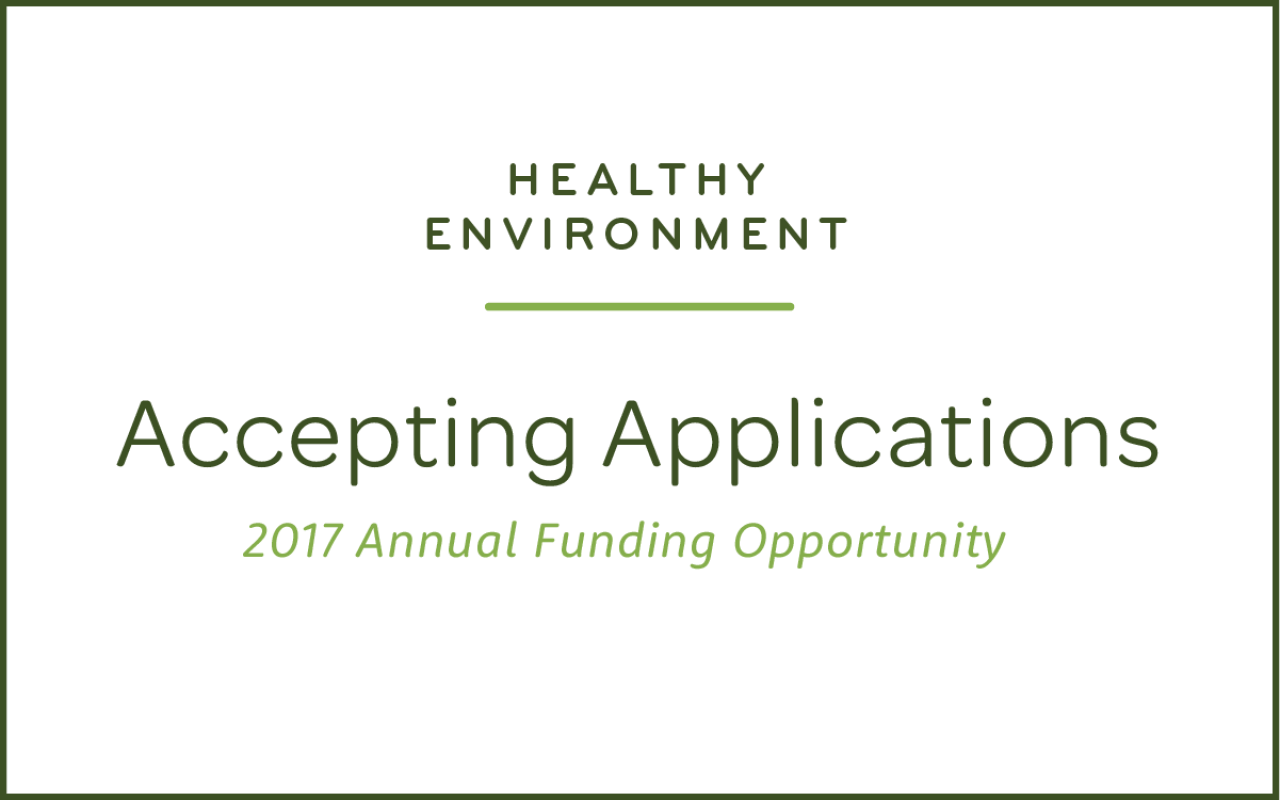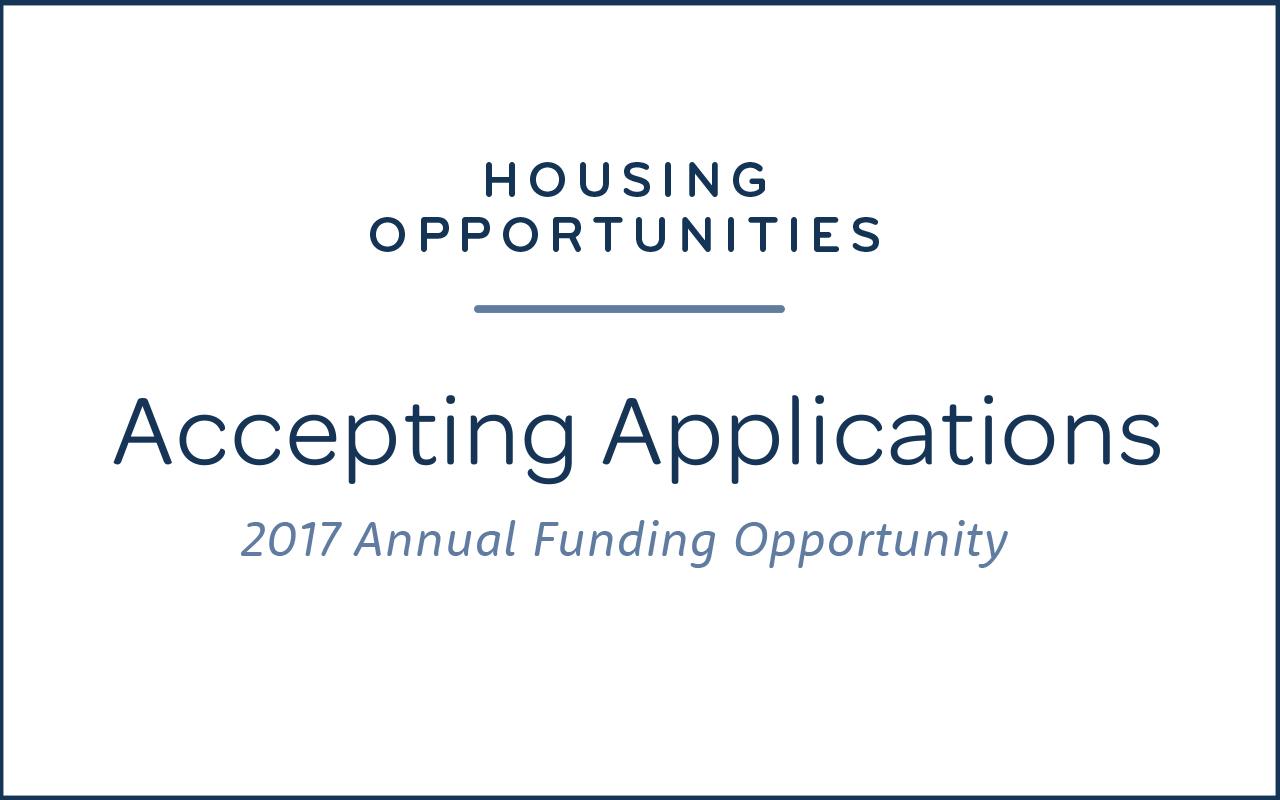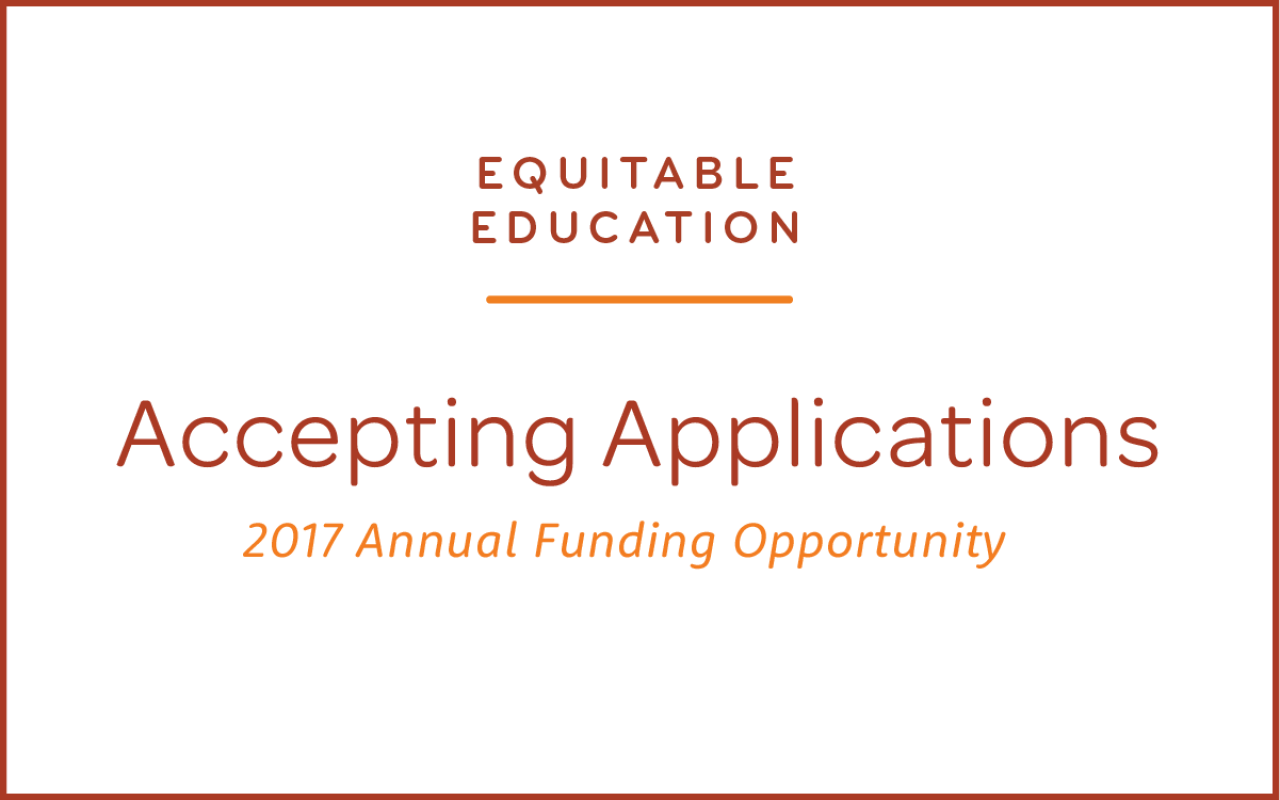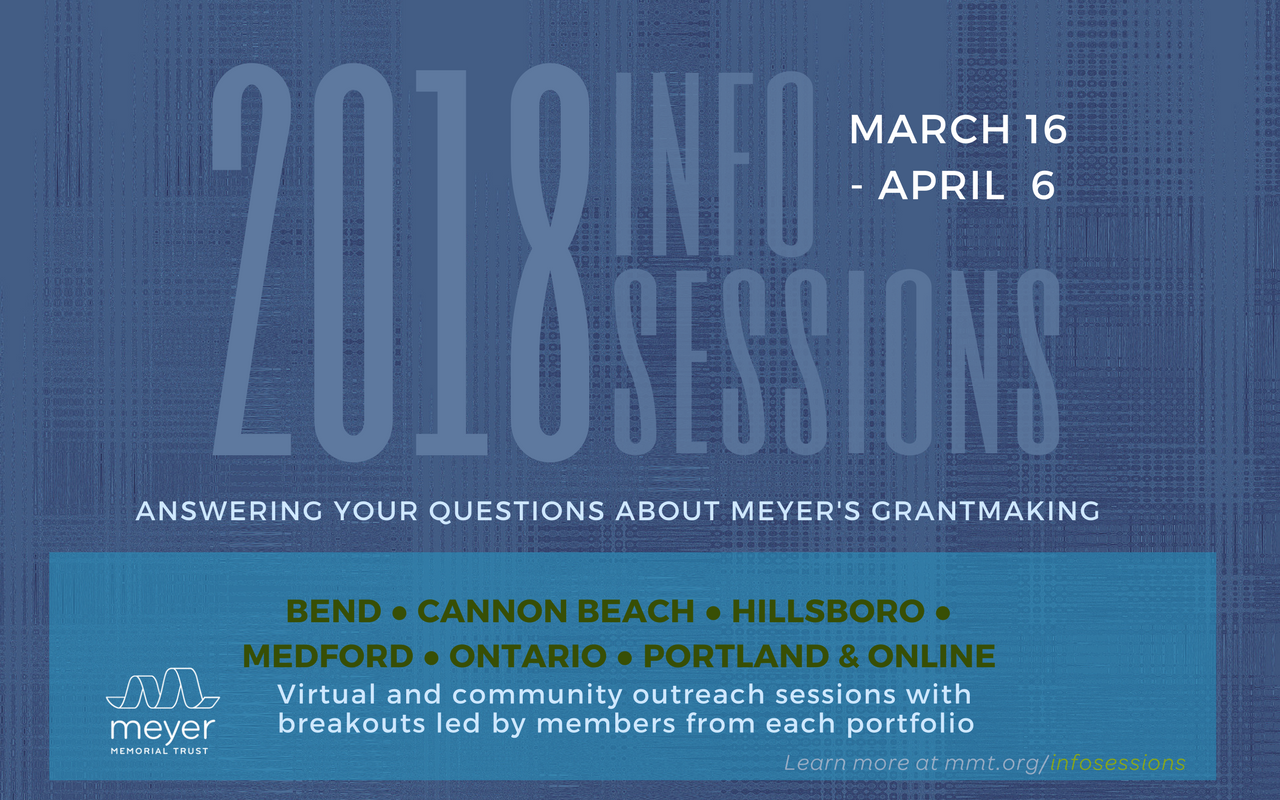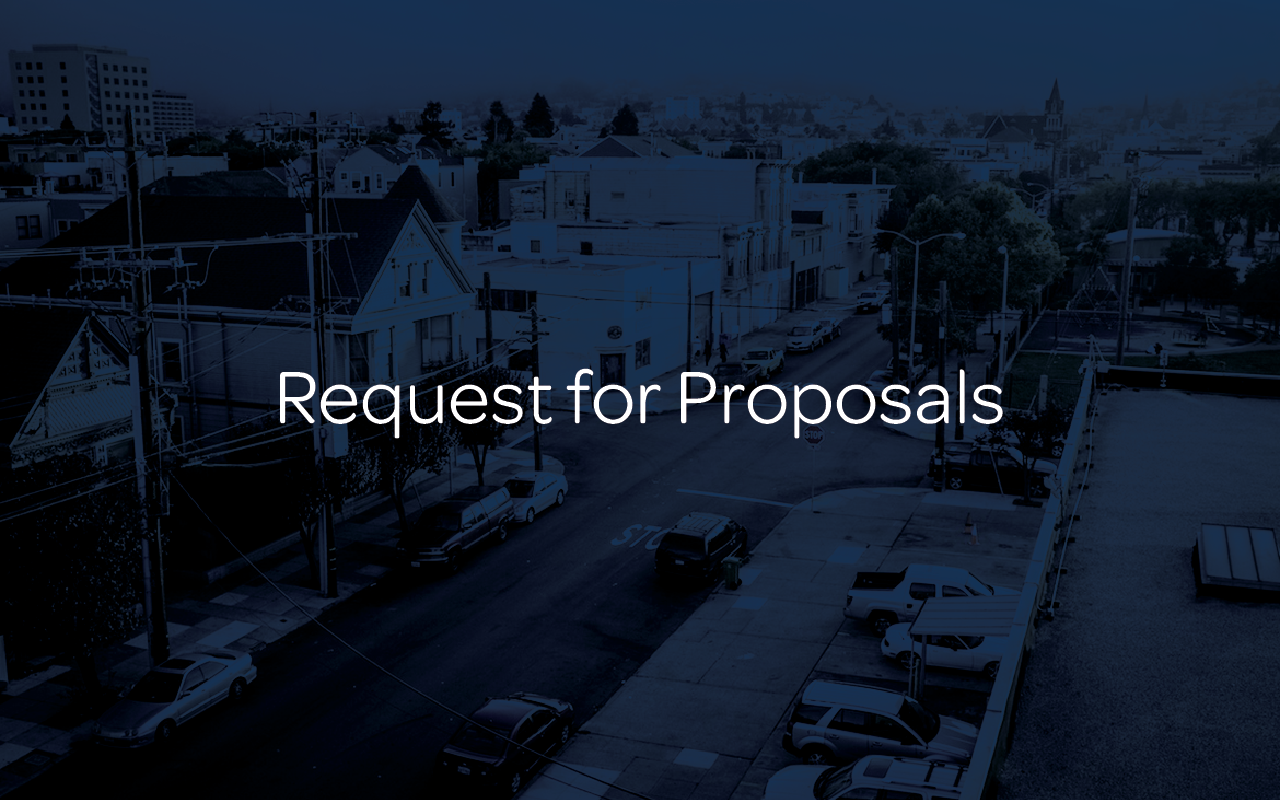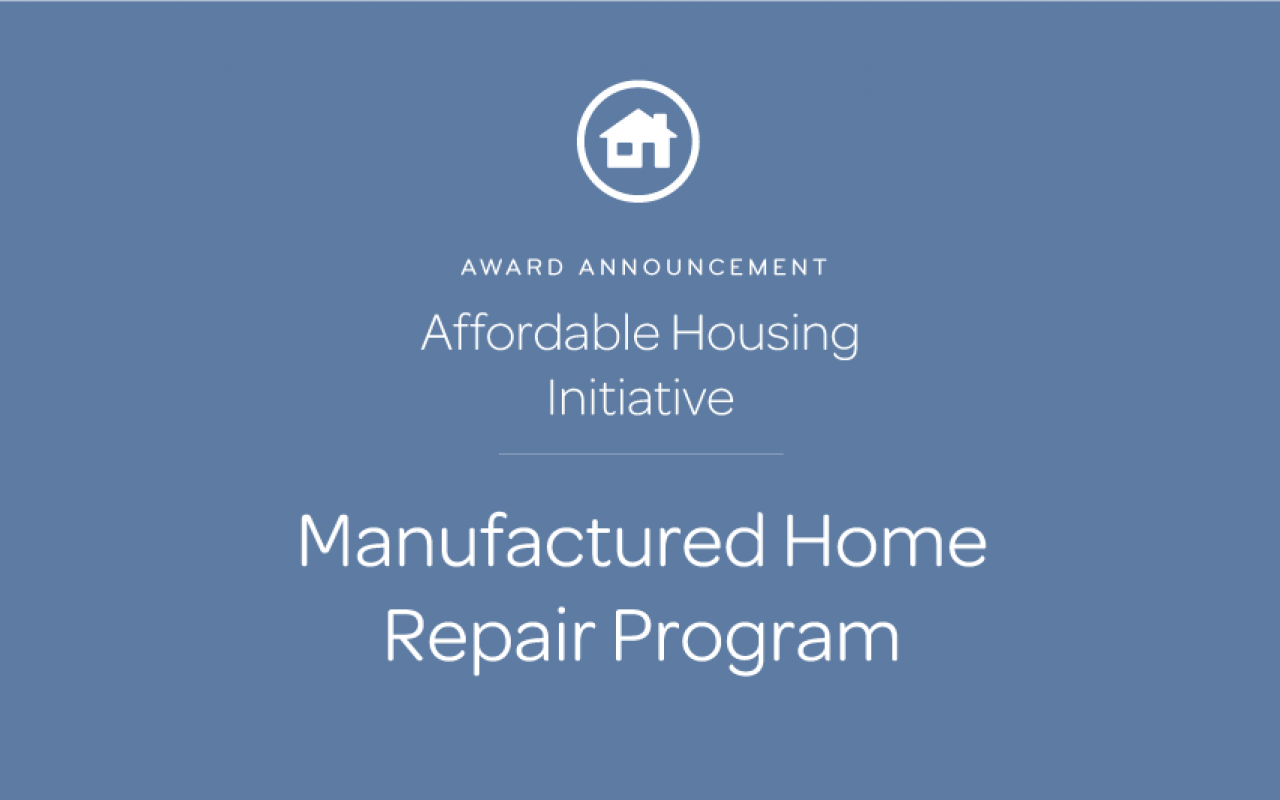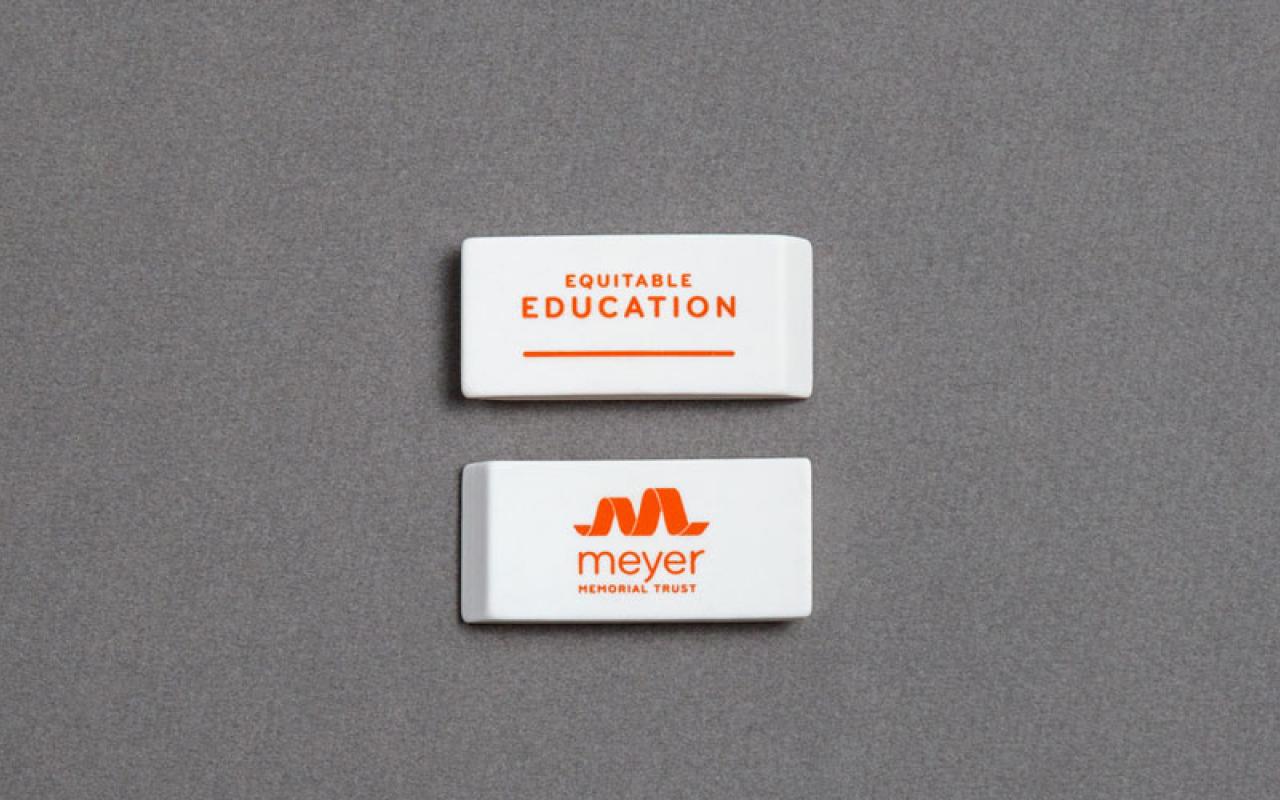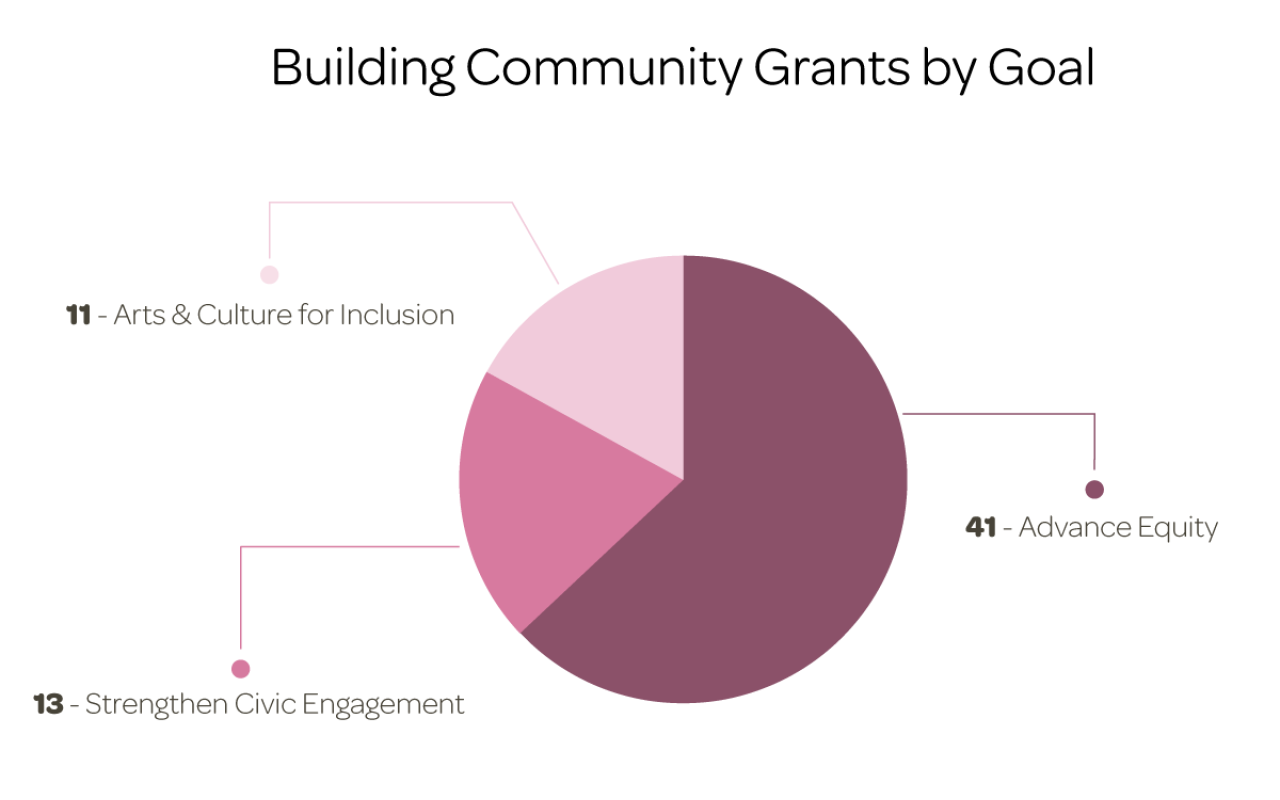Meyer’s 2017 Annual Funding Opportunity: March 14-April 19
Spring is finally making its appearance. The days are getting longer, and the crocuses are blooming, which means one thing: Meyer has begun accepting inquiry applications for our 2017 Annual Funding Opportunity!
Now, more than ever, we feel the urgency and importance of dismantling barriers to equity, eliminating disparities and creating conditions for every Oregonian to thrive. This year, we are pleased to invite applications to support efforts to advance equity in all four of our portfolio areas: Building Community, Equitable Education, Healthy Environment and Housing Opportunities. We know there is amazing work happening in Oregon to change systems and better communities. If you share our vision of a flourishing and equitable Oregon, please consider joining us — everything you need to know to apply can be found here.
The deadline to submit an Inquiry Application is 5 p.m., Wednesday, April 19.
This is our second open annual funding invitation for proposals since we redesigned Meyer’s grantmaking. We had a robust response in 2016. Quite frankly, we were blown away by the opportunities, ideas and innovations in the proposals we received and the grants we funded. So naturally we are eager to see what emerges in this 2017 round!
We recognize that Meyer’s new approach has come with a lot of changes, and we will continue to iterate on and evolve our grantmaking and related processes. We’ve always been committed to getting perspective and feedback from nonprofits about how we can be effective partners, so after 2016 we thought, “What better way to improve for 2017 than to ask you!” Our team invited all 2016 applicants — whether they received funding or not — to share their perspectives through a survey about our processes and communications. We also talked one-on-one with a lot of folks both in person and over the phone.
We received a lot of positive comments about our focus, communications and process and also heard about where we can be clearer, where additional information would be helpful and where our processes can be simplified, especially at the inquiry stage. We listened closely to your feedback and made a variety of improvements that you’ll see in our application materials.
The core of our approach remains consistent, including our funding goals, intended outcomes and priorities for who will benefit from our support. Equity remains our grounding center. Our eye remains focused on community and systems change, and community voice and leadership, combined with solid planning, continues to be key. We’ve made all these priorities clearer in this year’s application.
Here are few highlights of what is different for 2017:
-
Our Equitable Education portfolio is now online! We are thrilled to include Equitable Education in our 2017 annual funding opportunity. Find out more about the goals and strategies of our newest portfolio, meet the team here and read about the inclusive process that Meyer used to make sure that our approach supports the aspirations and priorities of our community for equitable education.
-
We have clarified what “fits.” We are quick to recognize that in the newness of our first application round, we couldn’t be as specific as we would have liked in response to questions about what types of proposals were a good fit with our new funding opportunities. Now, with a year of funding under our belts, we have provided clearer examples of the types of requests that fit and those that do not. We’ve offered clearer guidance about grant amounts and have provided downloadable lists of the awards made in 2016 for each portfolio (available on the portfolios’ Goals + Outcomes pages), categorized by goal area, to provide you with additional insight about our interests.
-
We’ve provided resources to explain how Meyer considers diversity, equity and inclusion in reviewing proposals. We’ve been clear: Equity is a central tenet in Meyer’s grantmaking. We are asking all applicants — regardless of where they may be today — to demonstrate a commitment to ongoing growth through the integration of diversity, equity and inclusion (DEI) into both their external programming or services and internal structures and operations. You will see that we have refined questions in the Inquiry Application to clarify what we are looking for, and we have introduced new DEI resources to our website, including a DEI Spectrum tool and examples of strategies to advance DEI within organizations. We’ll ask all grantees to identify what steps they will take to move equity forward within their organizations during the grant period and to report progress made.
-
We’ve streamlined our applications. Our questions are clearer, and we’ve moved some questions out of the Inquiry Application. We’ll either ask for that information in the full proposal, during site visits or not at all. Organizational and application budgets, detailed demographic data, and partnership agreements can all be provided in whatever formats you already use.
-
Our demographic data questions have been simplified. We will still ask about the demographics of beneficiaries, boards and staff, but we’ve simplified our form so you can base your responses on how you already collect data and highlight what you believe is important for us to know about the demographics of your community and organization. We will continue to offer a demographics data form for organizations that are looking for an example, but the use of our particular tool is optional.
-
Funding amounts are now consistent across portfolios. We will provide additional information to help you determine what amount to ask for and extend a clearer invitation to talk with us if you want more guidance. An important note: Requests for amounts above our stated limits will not be considered.
-
We have more clearly defined what we mean by collaborative applications. We are big believers in the power of collaboration for impact and change, and once again we have a specific path for collaborative proposals that allow for larger grant amounts. You can find additional information here and within our application question previews.
-
Our perspective on multiple active Meyer grant awards has been refined. Organizations that received a multi-year grant through Meyer's 2016 spring funding opportunity are not eligible to apply for a 2017 funding opportunity grant unless they receive prior written approval from the portfolio director of the portfolio under which they wish to apply. Applications received from 2016 multi-year grantees that have not obtained this approval will not be considered. We anticipate that approvals will be the exception and will be made only in situations in which total Meyer funding during the grant period would not comprise a significant portion (~20%) of the organization's total operating budget and in which one or more of the following apply:
-
the organization is applying on behalf of a collaborative or as a fiscal sponsor;
-
the organization is applying to the Housing Portfolio for a capital grant project and has other funding secured for the project;
-
there is an extraordinary and time-sensitive opportunity that clearly advances the portfolio's highest priorities; and/or
-
the organization has significant and distinct programming that falls in a different Meyer portfolio than its current grant.
-
Organizations receiving funds through Meyer's Affordable Housing Initiative, Willamette River Initiative or other special Meyer programming are eligible to apply for a grant through the 2017 funding opportunity; however, interested grantees are highly encouraged to contact their current Meyer program partner prior to applying.
-
Information sessions are new and improved: Check out our schedule here and reserve your spot soon. We’ve added portfolio breakouts to our general sessions so you’ll have more opportunity to connect with portfolio team members, discuss specifics of that portfolio’s funding opportunity and ask your questions. We will continue to offer portfolio-specific virtual sessions. Can’t make a session? You can still contact us at questions [at] mmt.org (questions[at]mmt[dot]org) and 503-228-5512 to get your questions answered.
-
New Applicant Resources: We have created a new Applicant Resources section on our website to provide a variety of information, tools and advice. You will find a wealth of information on topics, including Diversity, Equity and Inclusion; How Meyer Thinks About Rural; Collaborations; what we look for in proposals and much, much more.
We know there are many opportunities and much important work to be done to advance our Building Community, Equitable Education, Healthy Environment and Housing Opportunities goals. You won't want to miss blogs by our four portfolio directors Dahnesh Medora, Matt Morton, Jill Fuglister and Theresa Deibele, linked here. We invite you to explore our 2017 funding opportunity and consider how we might join together in creating a flourishing and equitable Oregon.
We look forward to hearing from you.
–– Candy
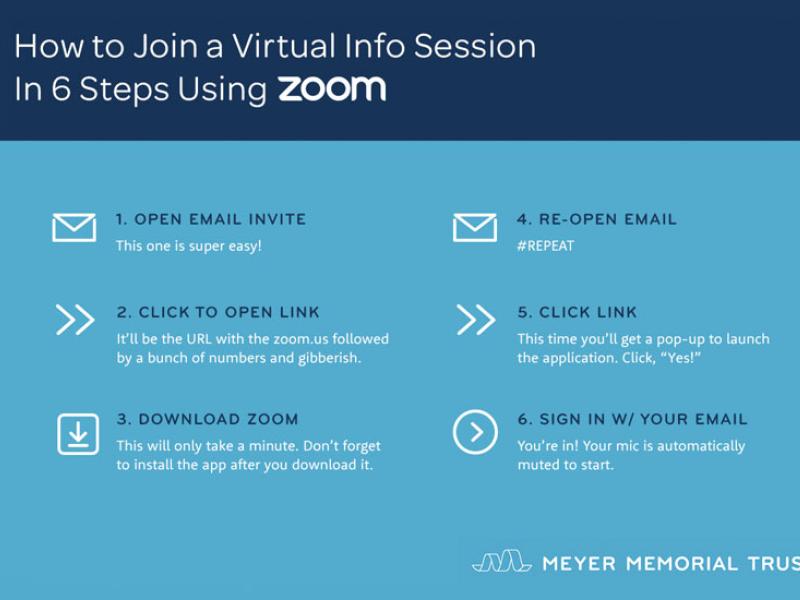
Info Sessions
Close card stack






